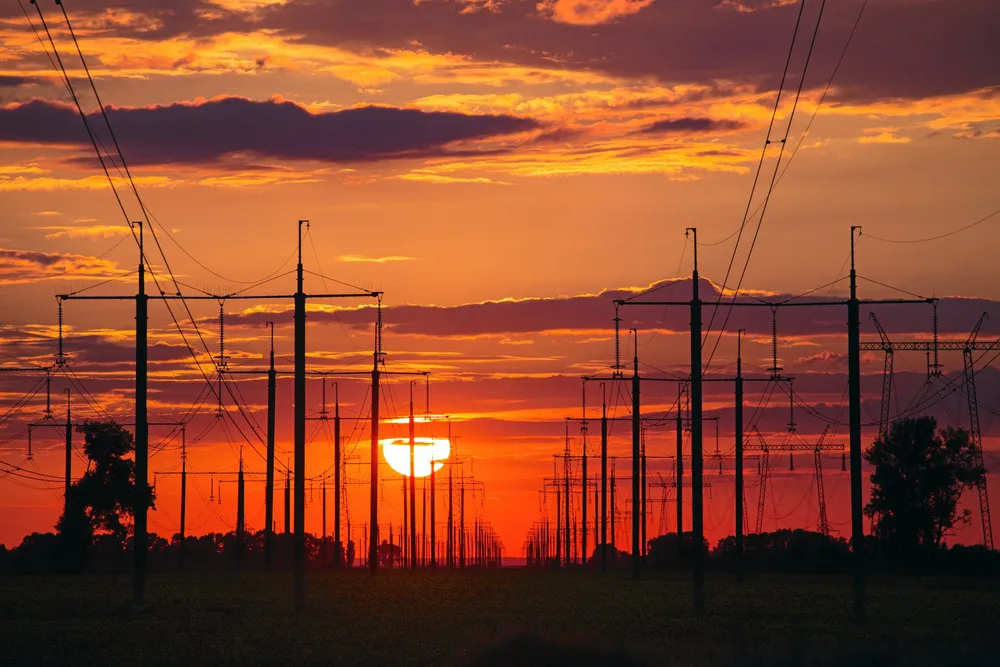New England grid could absorb 9.6GW of offshore wind power with little investment: ISO-NE
Transmission operator finds that relocating points of interconnection nearer load centres could result in massive savings as region braces for surging demand

In a rare bit of good news for the US offshore wind industry, a study by New England’s grid operator found the region could absorb over 9GW of capacity by 2050 with far less investment than previously anticipated.
ISO-NE, the independent system operator for the region, found that 9.6GW of offshore wind “may be able to interconnect in New England without new transmission infrastructure.”
Up to 86% could likewise handle 1.2GW of sector capacity without new transmission infrastructure but some would likely require upgrades, while a smaller set could handle as much as 2GW without significant investment.
“Depending on location, approximately eight 1,200 MW wind farms (9,600 MW total) may be able to operate simultaneously at full output without new transmission infrastructure or significant curtailment,” the report concluded.
The New England states of Maine, Massachusetts, and Rhode Island have been drivers of US offshore wind development, with Massachusetts alone mandating 5.6GW and potentially more than 20GW to meet its climate goals.
Chicago-based renewables developer Invenergy and Iberdrola’s Avangrid took two leases apiece.
'Closer to Boston'
The grid operator's conclusions differed sharply from its similar study released last year that indicated substantial upgrades would be needed to deliver power from the far-flung leases to load centres in southern New England.
ISO-NE estimates that new 345kV lines would cost $8m per mile (1.6 km), while underground transmission of any voltage would come in at least $35m per mile.
ISO-NE said that when the initial study came out, the boundaries of the Gulf of Maine wind energy area (WEA) were not yet set, and it assumed coastal points of interconnection farther north in Maine, where transmission infrastructure is less robust.
When the WEA was finally set last year, the leases were set farther south than expected, and much of the area “is now as close to Boston as it is to Maine, and in some cases closer,” the report said.
Its current study moved two assumed points of interconnection (POI) from Maine to Massachusetts, and then another from Massachusetts to Connecticut.
Both the initial report and the new one analysed two different scenarios.
The first assumed winter peaks reaching 57GW on greater electrification of the economy from large-scale deployment of electric vehicles and heat pumps as well as data centres. The second scenario assumed a winter peak of 51GW on lower electrification and/or successful efforts to reduce load through demand-response and other measures.
Demand is forecast to grow 1.8% through 2032, when winter peaks are expected to outpace those of summer. ISO-NE’s current winter peak is around 21GW, and summers exceeding 25GW.
In either scenario, moving the POIs resulted in less need for added infrastructure, although upgrades will likely be needed for certain routes.
In what may be a concession to the current uncertainty in US offshore wind, the grid operator noted that its analysis assumes the power injections are generated by offshore wind but “could just as easily be batteries or any other resource type”.
The grid operator warned that “achieving these totals will depend on careful planning and coordination between states and stakeholders.
“Significant cost savings can be realised if plans for offshore wind in New England take a holistic, regional view, rather than an incremental, 'wind farm-by-wind farm' approach,” it added.
(Copyright)